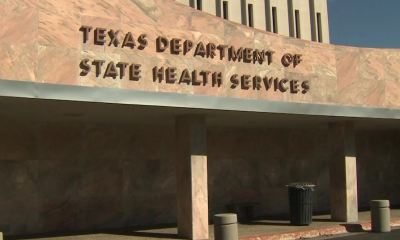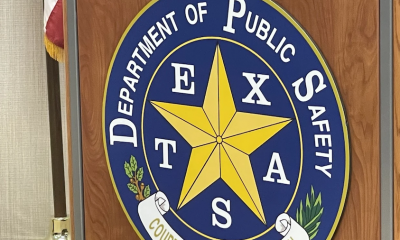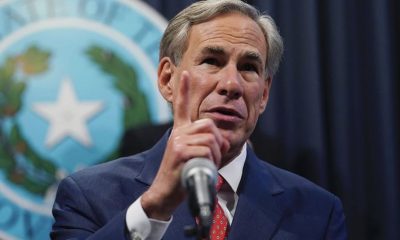Local News
Texas doctors study effects of wearing a mask during exercise

FRISCO, TX— From Baylor Scott & White’s sports performance center at The Star in Frisco, Paola Lugo dons workout clothes, a facemask and begins her workout under the supervision of researchers.
She’s one of 32 people between the ages of 18 and 29 participating in a study that aims to determine how mask-wearing affects exercise.
“They were measuring oxygen levels, heart rate, blood pressure,” Lugo said. “They were also asking me questions like how easy it felt to breathe.”
As gyms continue reopening around Texas with greater capacity and protocols to protect against the transmission of COVID-19, Baylor Scott & White researchers are looking at way to help people adapt to societal changes as a result of the novel coronavirus.
“From a sports performance and training standpoint, there really is no evidence around what impact it specifically has on your training and performance ability,” Driver said. “So we really wanted to complete a research study that allowed us to generate some, you know, actual data to demonstrate, ‘yes, this does have an impact, or maybe it doesn’t.’”javascript:false
The study involved a cardiopulmonary exercise test wearing a cloth face covering and doing the same exercise without a mask. The criteria include oxygen saturation, heart rate, rate of perceived exertion, how hard participants feel they’re breathing and how far they can go during the test.
“We increase the speed, and we increase the incline on the treadmill,” Driver said. “So the amount of time that they can go to their maximum is one of the variables as well.”
“From a training standpoint, from an intensity standpoint, from a dosage standpoint, are we able to push them in the same way that we did pre-COVID with no masks? Or do we need to modify how hard we’re working, how many reps they do with the intensity that they work out the length of our training sessions?” Driver questioned. “Is that going to impact their their performance and their health and safety?”
“It has broad impacts for people like us who just regularly go to the gym, because we might feel like we’re working harder, and it also has impacts for coaches across the country, and you know, professional athletes who are having to wear masks.”
He hopes the data will help generate more specific recommendations for decision-makers.
“A lot of sports organizations, schools, states are recommending that athletes wear masks during sporting activities where they can’t maintain social distancing,” he said. “From a training standpoint, do we still do the same things, or do we have to take more breaks? Do we reduce the intensity?”
Meanwhile, Lugo said she felt as though wearing a mask did not impact her short-term performance, but would affect her long-term endurance while exercising.
“Maybe like, you won’t be able to like last as long, because you might feel like you’re not
breathing,” Lugo said.
Driver also underwent both tests. He said his oxygen saturation data looked the same for both renditions, but he felt a difference in completing the tests with a mask on.
“It definitely felt harder while wearing the mask,” he said. “We’re really excited to look at the data and then be able to share that with our sports performance partners.”










